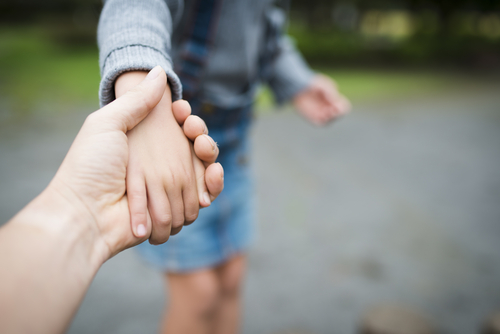Warning Signs of a Toxic Friendship from Treatment

Being a part of instead of being apart from is a critical focus of social interactions and emotional well-being in recovery. Many adolescents and teenagers who find themselves in the grips of addiction started that path by wanting to fit in. When they didn't fit in with other peers, family members or environments, they found acceptance and welcoming in groups abusing substances. Feeling a part of stopped the feeling of being apart from and started a dangerous mental association between drugs, alcohol and an evolutionary need for social survival.
Young people are growing in their ability to recognize toxic and non-toxic behavior. A teenager or adolescent who is recovering from an addiction to drugs and/or alcohol is consumed by their own toxic behaviors. Skewed in their perception, they can make less healthy decisions when it comes to friendships and relationships. Adults recovering from addiction struggle with the same issue, which is affectionately referred to as having broken picker syndrome.
Friendships in treatment serve many purposes: reflection, support, encouragement and valuable lessons. Toxic friendships can put a fork in the road to recovery, causing your child additional, unnecessary emotional distress. Treatment center staff keep a close examination of friendships and relationships developing during treatment to ensure prevention of codependent behaviors or other toxic patterns. As parents, you have a unique position to observe other signs of what might be a toxic friendship.
Your child's friend seems very dependent
Adolescents and teenagers in treatment will depend on each other in a raw, authentic and vulnerable way. Codependency can result in depending too heavily on one another, relying entirely on another child for emotional support beyond their capacity. Signs of stress, exhaustion or over-concern for a friend instead of self are some of the warning signs that this type of relationship may be present.
Your child and their friend get into fights the clinical staff is concerned about
Kids fight. The amount of times that childhood or teenage friends break up then make up is usually countless. Fighting is an opportunity for treatment providers to create a healthy way to navigate confrontation and communication. If fighting is chronic and elevating in intensity, there could be cause for concern.
Your child is regressing instead of progressing
Mental, emotional and physical distress are expected during the early stages of treatment. Within a short amount of time, however, that distress should start to recede as your child gains the coping skills necessary for handling their emotions. Regression could be a sign of stress that your child is not yet capable of coping with, which could be coming from a toxic friendship.
Your child wants to leave treatment and won't give you a reason why
Sudden demands being screamed through stifled tears are the heartbreak and concern of most parents. After waiting, wishing, hoping, praying and fighting to get your adolescent or teenager into treatment, the spontaneous proclamation that they want to leave is frightening. If, at the bottom of their fear, is a toxic treatment peer, it is important to contact their treatment team immediately. More importantly, encourage your child to speak to the nearest authority figure about what they are experiencing with their peer so that this can be addressed in the most appropriate manner.
Stonewater Adolescent Recovery Center is a residential treatment facility for adolescents and teens struggling with substance use disorders. Building a positive foundation of recovery, residents at Stonewater are exposed to life cleansing therapies as well as healing modalities. Replenishing mind, body and spirit while supporting academic progress puts our clients on a pathway to success. Call us today for information on our long-term programs and academic support. 662-598-4214.

.jpg)

